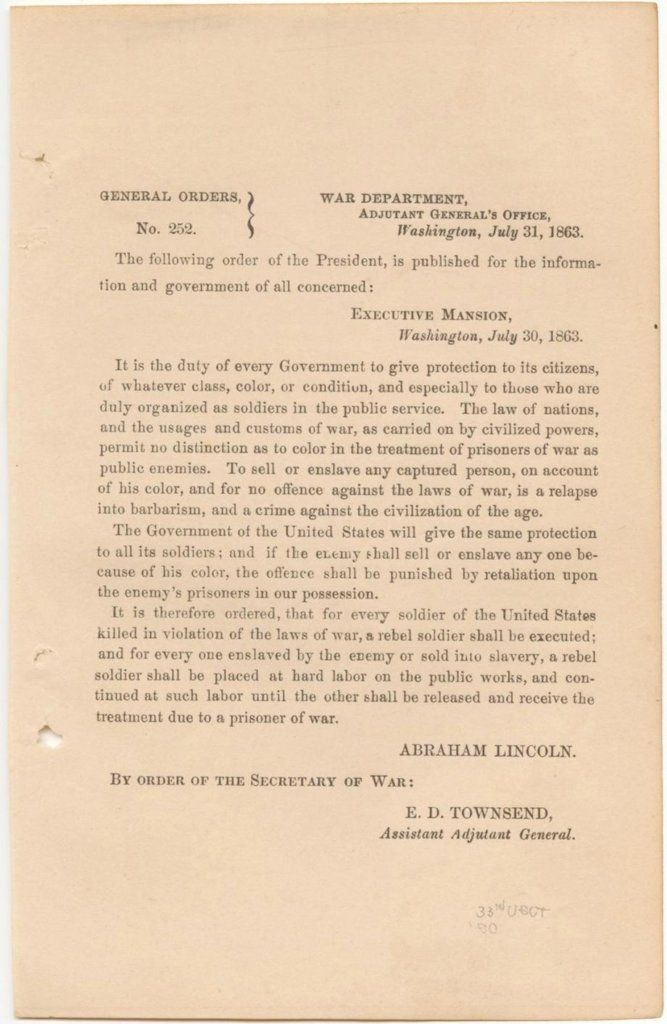

27 July 1777 – Marquis de La Fayette (The Marquis of Lafayette) arrived in New England during the Revolutionary War. Lafayette was a French aristocrat and a military officer, having been commissioned into the French Army at the age of 13 as a officer. He became convinced that the American Revolutionary cause was noble and decided to seek glory in the war. Days after arrival, at the age of just 19, he would be made a Major General in the Continental Army, though he would at first have no American troops under his command. He would gain great credit for actions in several battles and was wounded during the Battle of Brandywine. He would return to France to lobby for increased French support of the Revolution, returning to play a key role in the Siege of Yorktown. After the war he would return to France and play a pivotal role there in the years to come. He was welcomed back to America in 1824 as the nations guest and would be met with great applause and support.
30 July 1863 – In his General Order No. 252 President Lincoln ordered that for every black Union Soldier shot by the Confederacy, a Confederate Solider would be shot. To go with that, for every Black Soldier sold into slavery, a Confederate Soldier would be sentenced to a life of hard labor. The General Order was in response to the Confederacy’s policy of generally executing black Union Soldiers as criminal insurrectionists and was used to influence the Confederacy into treating black POWs the same as whites.
1 August 1958 – Operation Sunshine. In response to rising threats and capabilities of the Soviet ICBM program President Eisenhower ordered the US Navy to attempt a submarine transit of the North Pole. The transit was to showcase the soon to be released Submarine Launched Ballistic Missile (SLBM) system. This new weapon system allowed the USA to carry weapons capable of striking the USSR virtually anywhere on the globe while remaining unknown till the last minute. On 23 July the USS Nautilus would strike out on its course to make history and on 1 August would submerge into the Barrow Sea Valley. On the night of 3 August she would become the first watercraft to reach the North Pole and assert American dominance across the globe with the capability to fire anytime, anywhere. Special compasses had to be created for the USS Nautilus to navigate so close to the pole and a contingency plan was formed to fire a torpedo into the ice of the Arctic in the case of being lost.
